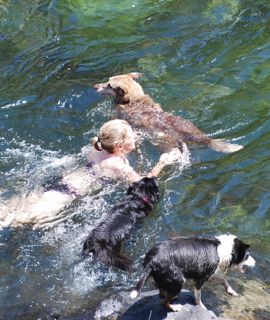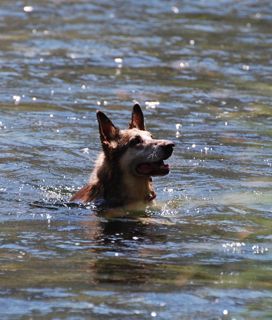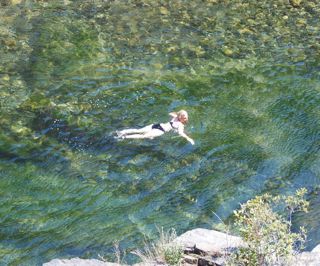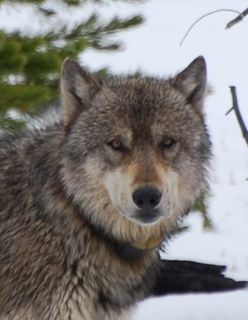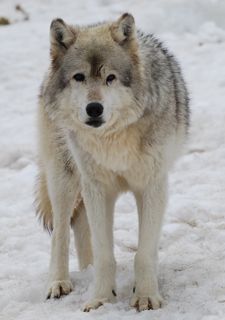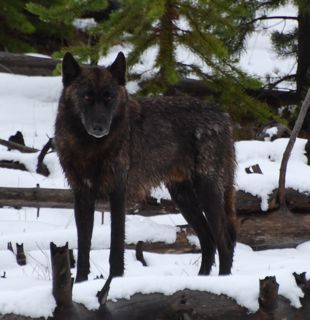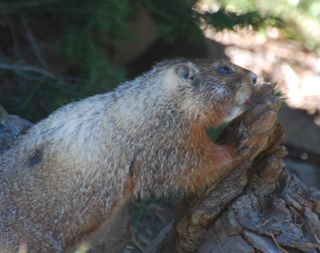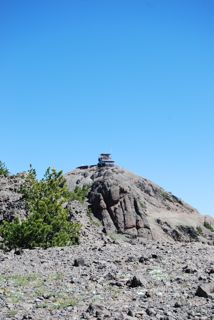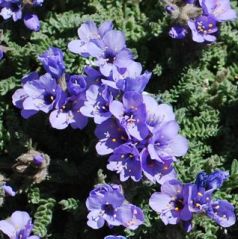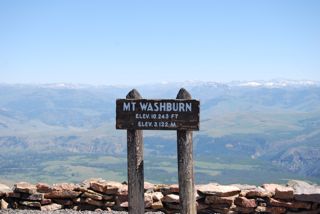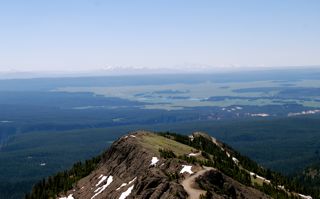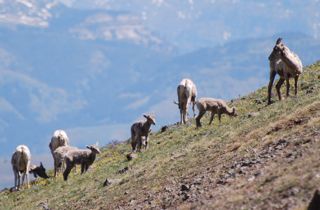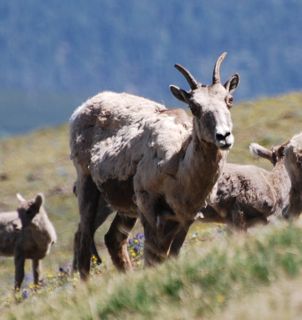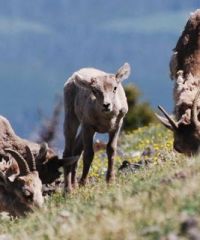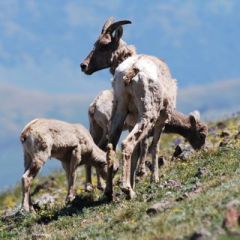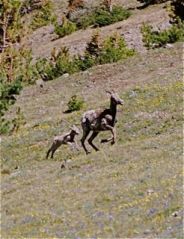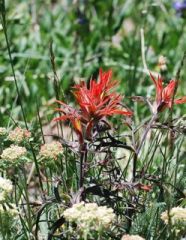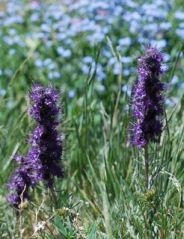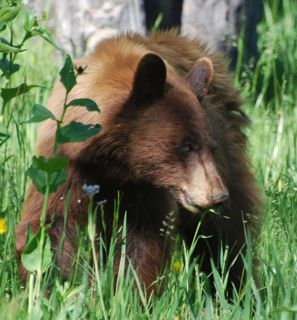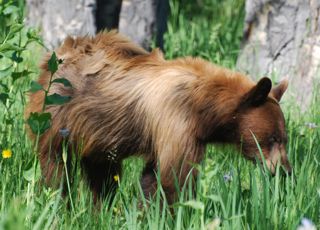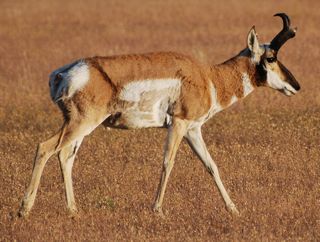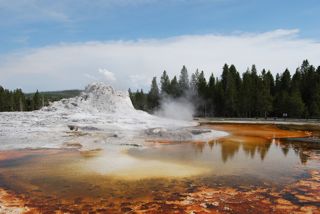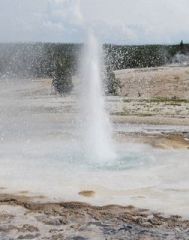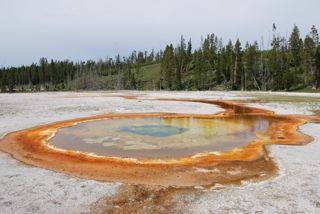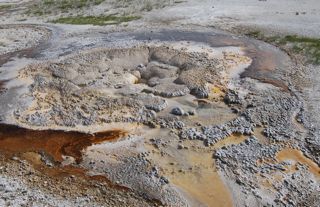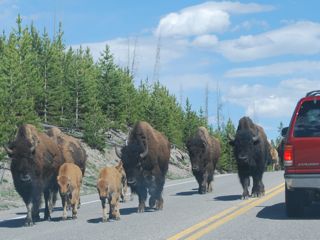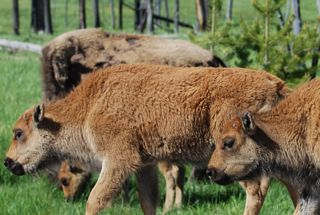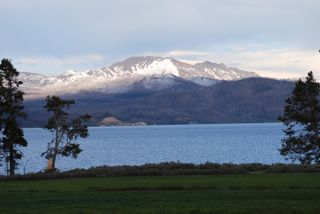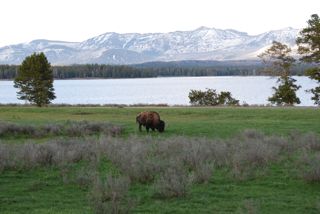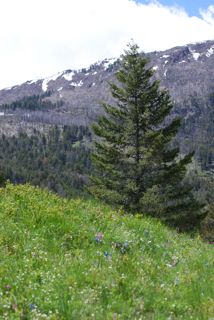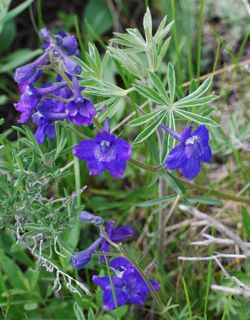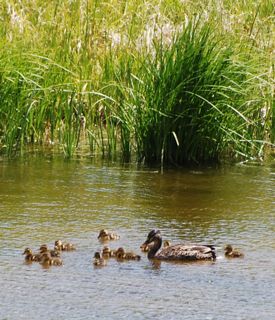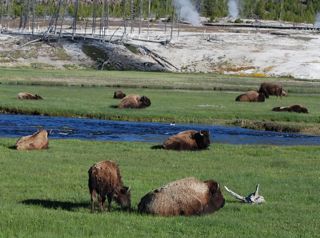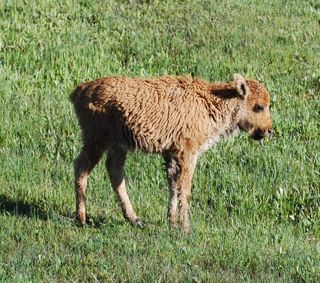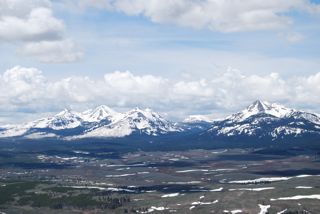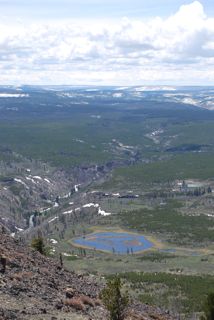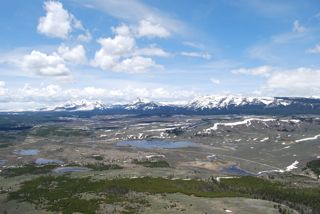 This California girl traveled yesterday to her home outside of Yosemite for a week stay to spend time with her boyfriend (and dogs, cats and fish), hike in the Sierra high country, work on her tan, and consume as much ethnic cuisine as possible in six days. Ah, the delights of California!
This California girl traveled yesterday to her home outside of Yosemite for a week stay to spend time with her boyfriend (and dogs, cats and fish), hike in the Sierra high country, work on her tan, and consume as much ethnic cuisine as possible in six days. Ah, the delights of California!
When in Rome…for my vacation I secured the quintessential California auto for my travels: a Mustang convertible. And upon entering the California highway system from the Fresno airport, I immediately experienced another California standard: road rage. To calm my nerves, I stopped for a Jamba Juice, only to find the store closed. Undeterred, I plugged in my iPod, blasted U2 from the speakers, and headed to the hills.
I love my new life and job in Yellowstone, but along with my family, miss other aspects of my California life. The lack of swimming opportunities in Montana and Wyoming has definitely been a hard adjustment for me as I swam year-round in CA. A dip in a lake in Yellowstone would result in certain death after about twenty minutes, and the multitude of rivers in the area still rage with the ongoing snowmelt even in late July. So for my first excursion in CA, we took the dogs down to the Merced River for a swim.
